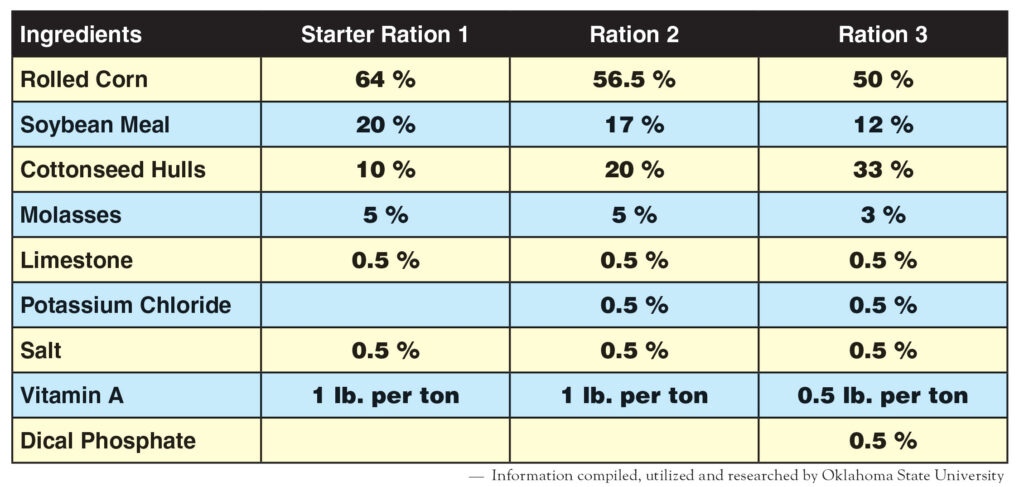The benefits for producers
Due to economic pressures and challenging weather conditions some beef cattle producers may consider weaning their calves early. Livestock specialists state there are benefits to early weaning especially during times when many cattle operations are dealing with a depleted forage base.
Benefits for Momma Cows
Early weaning is particularly beneficial during times when pastures and forages cannot meet a cow herd’s nutritional requirements. “Thin calving cows, due primarily to milk production, have a difficult time rebreeding,” Bruce Peverley, Nowata and Craig County Extension Educator with Oklahoma State University, explained. “By early weaning we remove the nutritional demands of lactation (12 to 20 percent of dietary energy) from the cow.”
By removing the calf sooner, the cow has an easier time improving her body condition and therefore increases her probability of rebreeding. “Early weaning can initiate post-partum estrus and improve pregnancy rates,” Peverley added.
A dry cow requires significantly less nutritional inputs compared to a lactating cow. “A dry 1,200-pound cow only requires 61 percent of the TDN (Total Digestible Nutrients) and 53 percent of the crude protein of a similar 1,200-pound cow in early lactation,” Peverley explained.
Conception Rates of First Calf Heifers
Research indicates early weaning has increased conception rates on thin first calf heifers from 50 percent to 97 percent and shortened days to first estrus by 17 days. “A study with mature cows in moderate conditions at weaning had 100 percent of the early wean cows rebred compared to 81 percent of the cows that raised calves,” Peverley stated. “Many of the cows cycled within three days of early weaning.”
Early Weaned Calves Needs
Calves 2 months old or younger function as pre-ruminants. At this stage of life calves need milk and small amounts of forage. However, calves that are weaned at 60 days of age or older do not need milk replacer. The calves at this age are old enough to consume dry feed. However, they will require a highly palatable, specially designed diet as well as intensive management. As calves grow to 3 to 4 months of age, they have a functional rumen and can consume significant amounts of forage.
Peverley recommends the following management practices if a producer is considering early weaning.
• Vaccinate, castrate and dehorn calves prior to weaning to lower health risks and increase calf growth.
• Creep feed prior to weaning for a smoother transition to feed bunks.
• Utilize a starter ration that is highly palatable and contains 20 percent crude protein. (Go to ozarkfn.com and click on this story for sample starter ration options.)
• Keep calves on starter ration until consumption reaches 4 to 5 pounds a day. This should be achieved in 10 to 14 days.
• Limit 20 calves per pen during the early critical days of weaning and observe them to make sure they are eating and drinking.
• During the first few days of weaning, provide feed two to three times per day to encourage intake.
• Ensure fresh water is always available.
• After 10 to 14 days of the starter ration 1, move calves to a larger pen and switch to ration 2. Stay with ration 2 for six weeks, then utilize ration 3 until calves reach normal weaning age of 7 months.
• Utilize a cocciostat at the start of the early weaning period.
• Other issues to look for include respiratory problems (dust may need to be controlled) and ration sorting which can lead to founder and scouring.
The goal is to start the early weaned calves on a high energy, high protein ration and to gradually move to a grower type ration as the calves’ total intake increases. According to Oklahoma State University researchers, calf performance can be expected to average 1.75 pounds per day from 8 weeks of age to 205 days of age.
Once calves reach and average weight of 250 to 300 pounds, then they can be moved to pasture with a supplement program. Though early weaning may not fit into every operation, it does give cattle producers an option when forages are limited.






